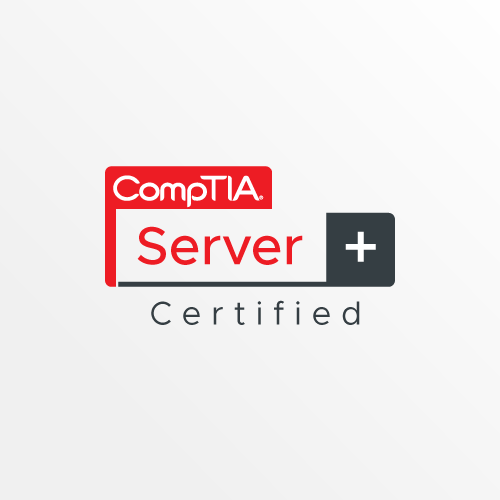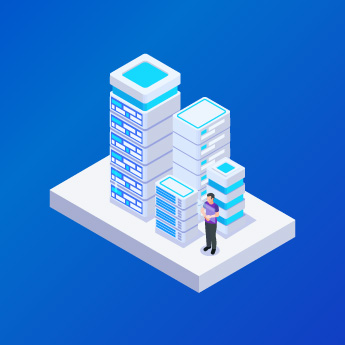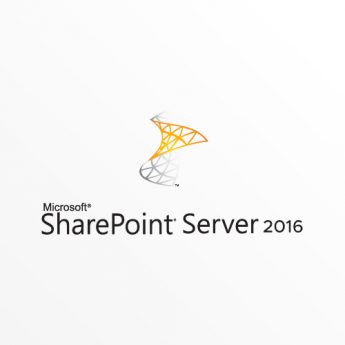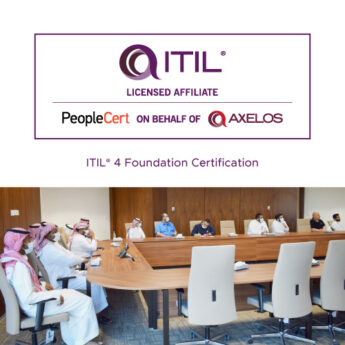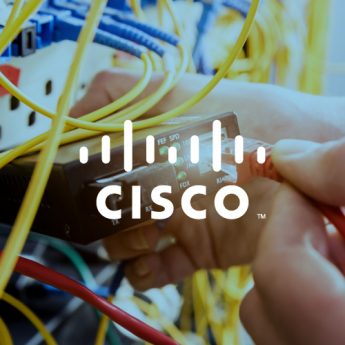1. Servers and Their Components – 222045_ENG
- Characteristics of servers and features of the key server categories
- Various roles that can be assigned to network servers
- Server categories and server roles
- Features and functions of motherboards and expansion buses
- Features and functions of specified PCI system bus architectures
- Memory types and best practices for managing server memory
- Specifications of the main server processors and how multiprocessing works
- Memory types and processors for given scenarios
2. IDE, SCSI, and Server Storage – 223341_ENG
- Features of Fibre Channel technology and difference between SAN and NAS
- Deploy RAID levels in a given scenario
- Appropriate server storage technologies in a given scenario
- Differentiate between physical and logical disks
- IDE technologies and configuration best practices
- SCSI types and the benefits of SCSI over IDE
- best practices for installing and configuring SCSI technologies
- Add components using IDE and SCSI best practices
3. Installation and Configuration – 222046_ENG
- Pre-installation planning activities
- Key considerations for evaluating remote management requirements
- Key considerations and best practices for installing server hardware
- Create server planning and hardware installation best practice checklists
- Considerations involved in installing and configuring a network operating system
- Best practices for installing service tools on the server and measuring baseline performance
- Create NOS and service tool installation best practice checklists
4. Upgrading – 222047_ENG
- Critical steps and considerations involved in planning a server upgrade
- Best practices and troubleshooting procedures for adding memory and processors
- Best practices and troubleshooting procedures to be employed when upgrading hard disks, adapters, and peripherals
- Key considerations, best practices, and troubleshooting procedures for software upgrades
- Best practices and troubleshooting procedures that should be employed when upgrading servers
5. Disaster Recovery and Server Backups – 222048_ENG
- Backup strategies and appropriate media types
- Best practices for framing backup plans, restoring data, and troubleshooting common backup problems
- Choose and implement backup strategies
- Risks for a disaster recovery plan and strategies to deal with them
- Components and considerations aimed at ensuring redundancy, scalability, and high availability
- Key considerations for creating and maintaining a disaster recovery plan
- Key considerations and best practices in creating a disaster recovery plan
6. Maintenance and Environment – 222049_ENG
- Key considerations when monitoring servers
- How data can be gathered to monitor server performance
- Features and functions of SNMP and its relationship with RMON
- Best practices for maintaining a server
- Methods to mitigate common environmental issues that may affect server performance
- Measures and best practices for physically securing the server room and server hardware
- Manage environmental and physical security issues
7. Troubleshooting Servers – 222050_ENG
- Troubleshooting process and how to prioritize problems
- Methods for gathering information to determine the origins of problems
- Best practices and resources for fixing and documenting server-related problems
- Best practices and procedures for troubleshooting problems in a given scenario
- Strategies for dealing with common server-related problems
- Best practices and guidelines for using documentation and log files to solve server-related problems
- Troubleshooting features of specified diagnostic tools
- Select diagnostic tools and techniques in a given scenario

